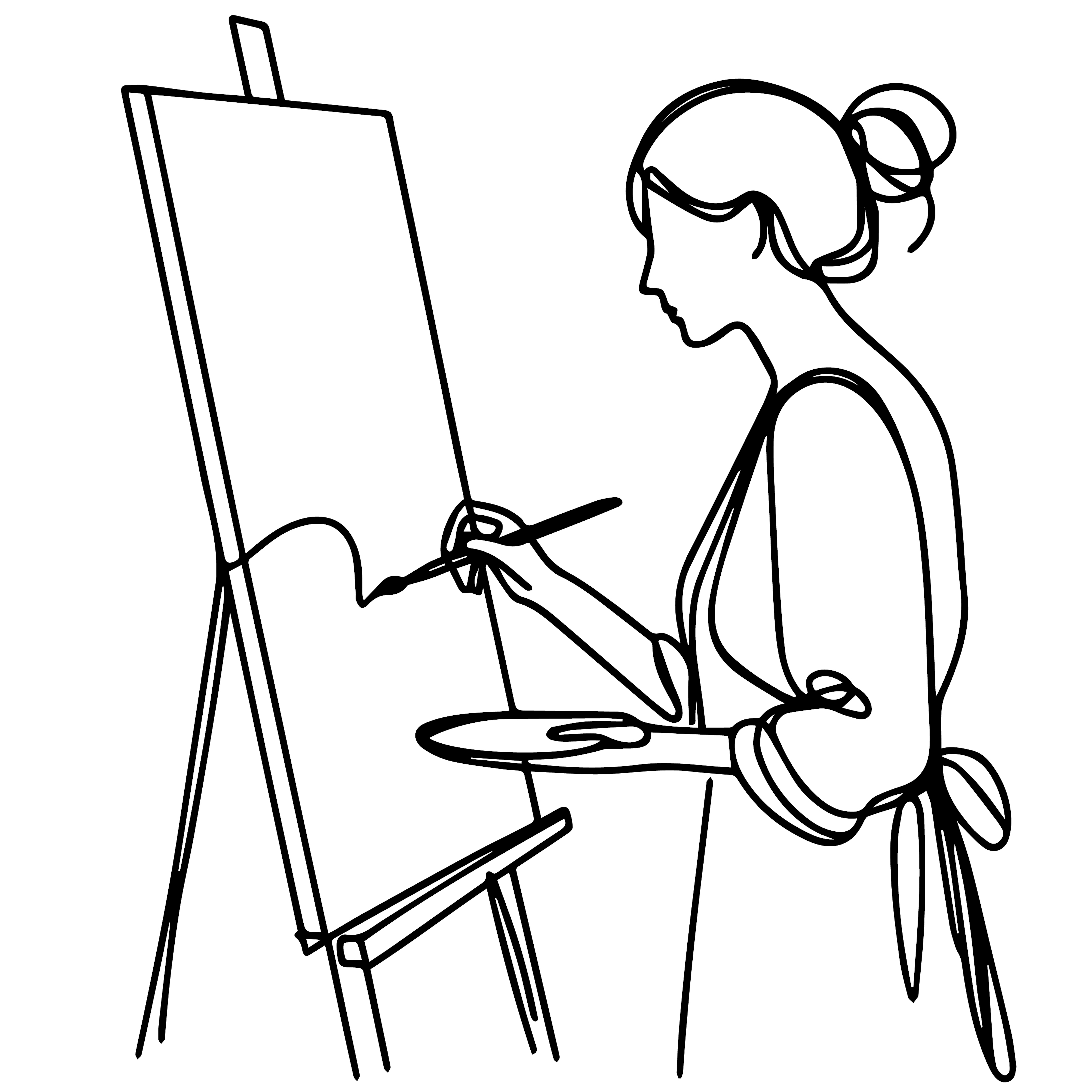Hello, my name is Dr. Jane Williams, an art historian specializing in the contributions of women in art history. Today, I would like to address why Hilma af Klint, despite her pioneering work in abstract art, did not achieve the fame she deserved during her lifetime.
Hilma af Klint's obscurity can be attributed to both personal choices and broader structural issues related to her gender and societal norms. On an individual level, af Klint herself chose to keep much of her work private. She believed that the world was not ready to understand her abstract art and spiritual insights. Consequently, she stipulated that her works should not be publicly displayed until at least 20 years after her death. This decision undoubtedly delayed the exposure of her groundbreaking art to a broader audience.
However, the more significant reasons for her lack of recognition are deeply rooted in the societal and structural barriers women faced in the art world during her time. The art world was predominantly male-dominated, and women artists often encountered substantial obstacles in gaining recognition and exhibiting their work. The established art historical narrative largely focused on male artists like Kandinsky, Malevich, and Mondrian, who were celebrated for their contributions to abstract art. Af Klint's work did not fit neatly into this narrative, leading to her exclusion from mainstream art historical accounts.
Sexual discrimination in the art world was rampant, and women were largely considered secondary participants in the artistic community. They were often relegated to painting naturalistic and figurative styles, and their ventures into abstract art were not taken seriously. Women like af Klint, who diverged from these conventional styles and explored spiritual and esoteric themes, faced even greater marginalization. Her involvement in séances and Theosophy, and the belief that her art was guided by higher spirits, were unconventional and not widely accepted in the art community at the time. This further contributed to her work being overlooked and misunderstood.
Moreover, unlike her male contemporaries, af Klint did not actively promote her work or seek to align herself with influential art circles. The documentation and scholarly study of her art were limited until much later, hindering her visibility in academic and artistic discussions. The lack of promotion and documentation meant that her contributions were not recorded in the same way as her male counterparts, perpetuating her absence from the established art historical narrative.
It was not until the late 20th and early 21st centuries that af Klint's work began to be rediscovered and re-evaluated. Exhibitions and scholarly research have gradually brought her contributions to light, but this has been a slow process, and she still remains less known compared to other abstract artists.
In conclusion, Hilma af Klint's lack of fame and recognition can largely be attributed to the structural barriers women faced in the art world, compounded by her personal choice to keep her work private. Her story highlights the need to re-evaluate and broaden our understanding of art history to include the significant contributions of women artists who have historically been marginalized.
Thank you for your attention.
Dr. Jane Williams




